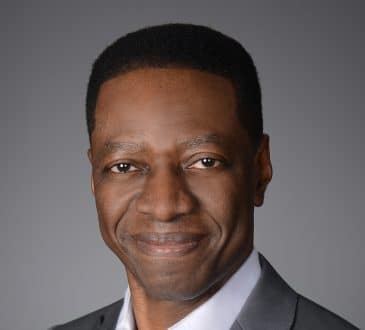How Goals Are Divided And What Each Category Represents

In our attempt to see how goals are being shaped and which direction to point out when we want to have some progress, we need to know which types of goals are out there and which needs each one serves. There is a definition of what a goal is. Goal-setting is defined as the process of taking active steps to achieve the desired outcome. Based on the definition, we realize we are talking about an energetic approach to life, specifically the future. Today we decided to break down the whole setting-goal process to see what people often do without realizing it.
- Process goals
To start with, we have the process goals. This type of goal is often short-term, but this is optional. The exciting thing about them is that they only refer to what the person has to do. There is no suspicion that this will be linked to a result. The second thing we should point out here is the person’s responsibility.
Process goals are actions we have to do and are only expected to happen if the individual decides to act. Understanding that you are the only one that can be held responsible for doing the task is important to make you more energetic. You are not judged for the outcome or how things will turn out in the end but only for your share of responsibility, which has to do with being consistent.
A good example is a person who wants to exercise for one hour daily. This person is the only one who can do that, and this makes things more simple, so people should not see that as a challenge but mostly as the easy part of the process. - Performance goals
At this point, we have reached the place where we are discussing the outcome. Returning to the previous example, working out alone does not mean everything. Our attitude in the gym will determine our performance on the task. For instance, if we went to the gym while we were sleepy and exhausted, this could decrease our performance. We may have done what we were supposed to but did not perform optimally. It is like taking a grade on the class test. You may say you will study for a couple of hours, but no one guarantees you will put sincere effort into what you do. Again the responsibility can only be found in the individual setting the performance goal.
We realize that, for the most part, it is the person who can determine the result of the situation, and we probably have more control over things than we want to believe. Being able to control things comes with the responsibility of success, which many people want to avoid. - Outcome goals
Here the facts have the last word. What if you studied hard and still did not graduate? What if you went to the gym five days per week? If you did not manage to succeed as you intended to, you have not reached the outcome goal. Now, it is your chance to give yourself some credit, though, because, in outcome goals, the individual does not have the whole responsibility for the result. Other parameters can play an important role and are capable of determining the result.
More examples are found in cases when many people are involved. Your promotion, for instance, could be directly affected by the co-workers you have at work. No matter how hard you try, you cannot prevent others from trying, either. Outcome goals are often affected by competition or things we have no control over, such as the political stability of a nation or the financial growth of a company.
Have you read?
Rebranding for all the right reasons by Charlene Gervais.
3 Ways CEOs Can Create a More Resilient Workforce by Bjorn Reynolds.
The Number One Question Leaders Are Not Asking That Will Change the Game When They Do by Stef Ziev.
What Leadership Skills in the 21st Century Leaders Need by Prof. M.S. Rao, Ph.D.
Add CEOWORLD magazine to your Google News feed.
Follow CEOWORLD magazine headlines on: Google News, LinkedIn, Twitter, and Facebook.
This report/news/ranking/statistics has been prepared only for general guidance on matters of interest and does not constitute professional advice. You should not act upon the information contained in this publication without obtaining specific professional advice. No representation or warranty (express or implied) is given as to the accuracy or completeness of the information contained in this publication, and, to the extent permitted by law, CEOWORLD magazine does not accept or assume any liability, responsibility or duty of care for any consequences of you or anyone else acting, or refraining to act, in reliance on the information contained in this publication or for any decision based on it.
Copyright 2024 The CEOWORLD magazine. All rights reserved. This material (and any extract from it) must not be copied, redistributed or placed on any website, without CEOWORLD magazine' prior written consent. For media queries, please contact: info@ceoworld.biz
SUBSCRIBE NEWSLETTER








